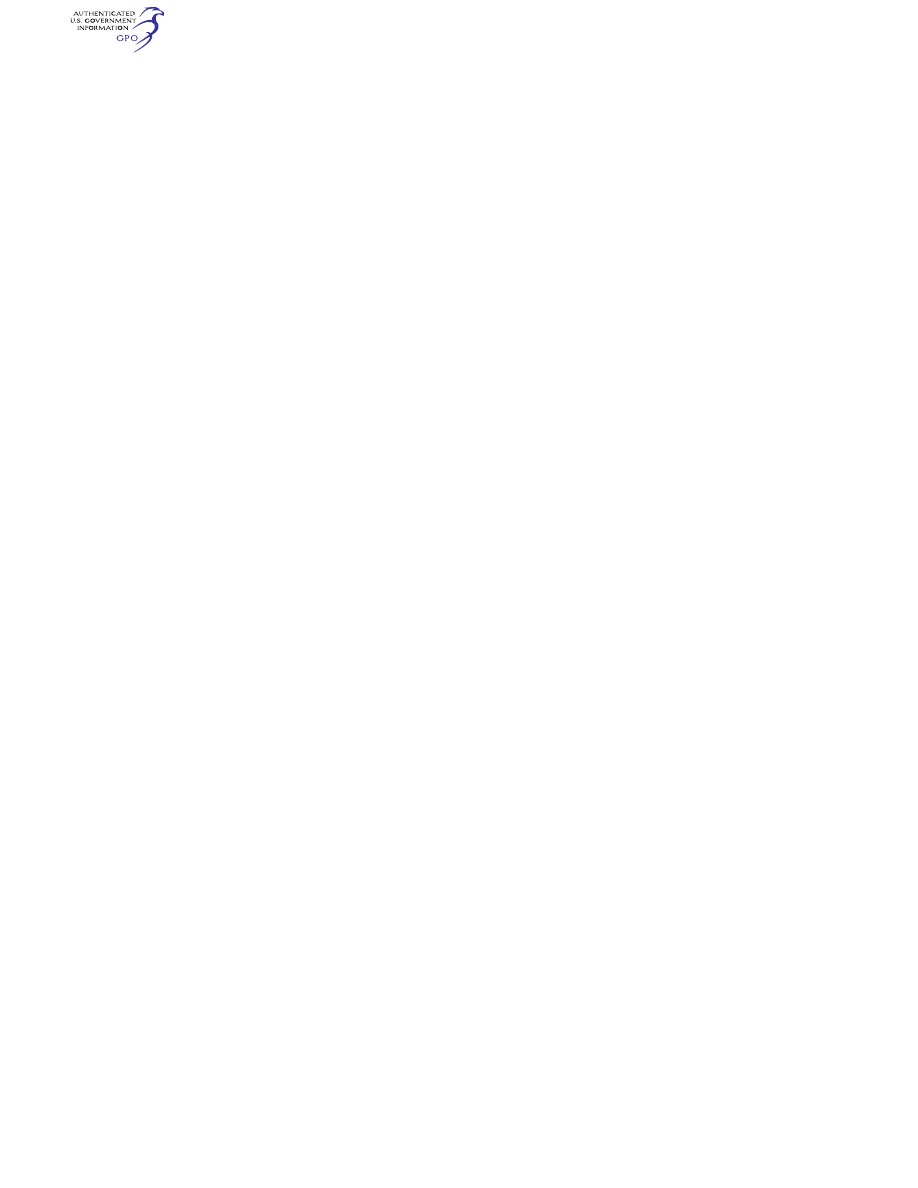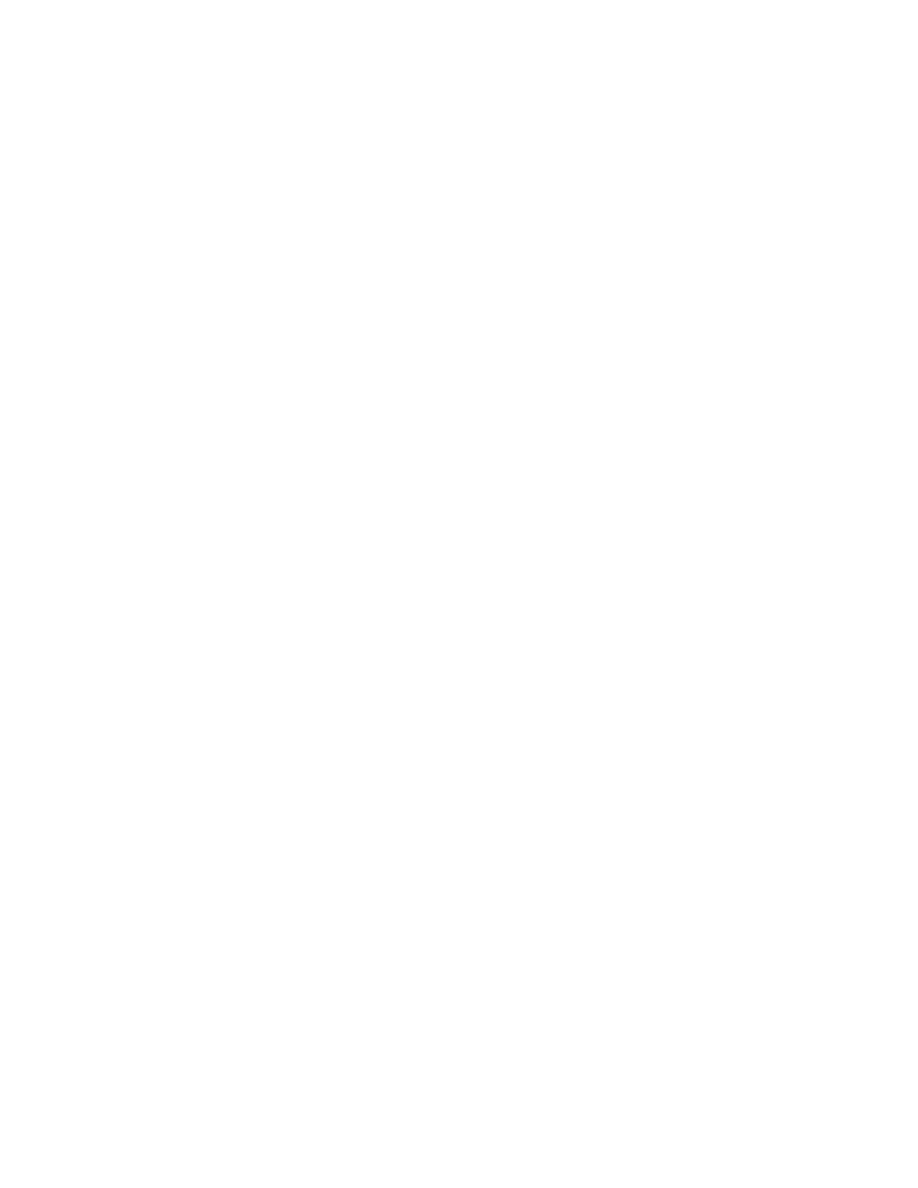
750
14 CFR Ch. I (1–1–24 Edition)
§ 34.7
§ 34.7
Exemptions.
Notwithstanding part 11 of the Fed-
eral Aviation Regulations (14 CFR part
11), all petitions for rulemaking involv-
ing either the substance of an emission
standard or test procedure prescribed
by the EPA that is incorporated in this
FAR, or the compliance date for such
standard or procedure, must be sub-
mitted to the EPA. Information copies
of such petitions are invited by the
FAA. Petitions for rulemaking or ex-
emption involving provisions of this
FAR that do not affect the substance
or the compliance date of an emission
standard or test procedure that is pre-
scribed by the EPA, and petitions for
exemptions under the provisions for
which the EPA has specifically granted
exemption authority to the Secretary
of Transportation are subject to part 11
of the Federal Aviation Regulations (14
CFR part 11). Petitions for rulemaking
or exemptions involving these FARs
must be submitted to the FAA.
(a)
Exemptions based on flights for
short durations at infrequent intervals.
The emission standards of this part do
not apply to engines which power air-
craft operated in the United States for
short durations at infrequent intervals.
Such operations are limited to:
(1) Flights of an aircraft for the pur-
pose of export to a foreign country, in-
cluding any flights essential to dem-
onstrate the integrity of an aircraft
prior to a flight to a point outside the
United States.
(2) Flights to a base where repairs,
alterations or maintenance are to be
performed, or to a point of storage, or
for the purpose of returning an aircraft
to service.
(3) Official visits by representatives
of foreign governments.
(4) Other flights the Administrator
determines, after consultation with the
Administrator of the EPA, to be for
short durations at infrequent intervals.
A request for such a determination
shall be made before the flight takes
place.
(b)
Exemptions for very low production
engine models. The emissions standards
of this part do not apply to engines of
very low production after the date of
applicability. For the purpose of this
part, ‘‘very low production’’ is limited
to a maximum total production for
United States civil aviation applica-
tions of no more than 200 units covered
by the same type certificate after Jan-
uary 1, 1984. Engines manufactured
under this provision must be reported
to the FAA by serial number on or be-
fore the date of manufacture and ex-
emptions granted under this provision
are not transferable to any other en-
gine. This exemption is limited to the
requirements of § 34.21 only.
(c)
Exemptions for new engines in other
categories. The emissions standards of
this part do not apply to engines for
which the Administrator determines,
with the concurrence of the Adminis-
trator of the EPA, that application of
any standard under § 34.21 is not justi-
fied, based upon consideration of—
(1) Adverse economic impact on the
manufacturer;
(2) Adverse economic impact on the
aircraft and airline industries at large;
(3) Equity in administering the
standards among all economically
competing parties;
(4) Public health and welfare effects;
and
(5) Other factors which the Adminis-
trator, after consultation with the Ad-
ministrator of the EPA, may deem rel-
evant to the case in question.
(d)
Applicants seeking exemption from
other emissions standards of this part and
40 CFR part 87. Applicants must request
exemption from both the FAA and the
EPA, even where the underlying regu-
latory requirements are the same. The
FAA and EPA will jointly consider
such exemption requests, and will as-
sure consistency in the respective
agency determinations.
(e) Applications for exemption from
this part shall be submitted in dupli-
cate to the Administrator in accord-
ance with the procedures established
by the Administrator in part 11.
(f) The Administrator shall publish in
the F
EDERAL
R
EGISTER
the name of the
organization to whom exemptions are
granted and the period of such exemp-
tions.
(g) No state or political subdivision
thereof may attempt to enforce a
standard respecting emissions from an
VerDate Sep<11>2014
09:06 Jun 28, 2024
Jkt 262046
PO 00000
Frm 00760
Fmt 8010
Sfmt 8010
Y:\SGML\262046.XXX
262046
jspears on DSK121TN23PROD with CFR
